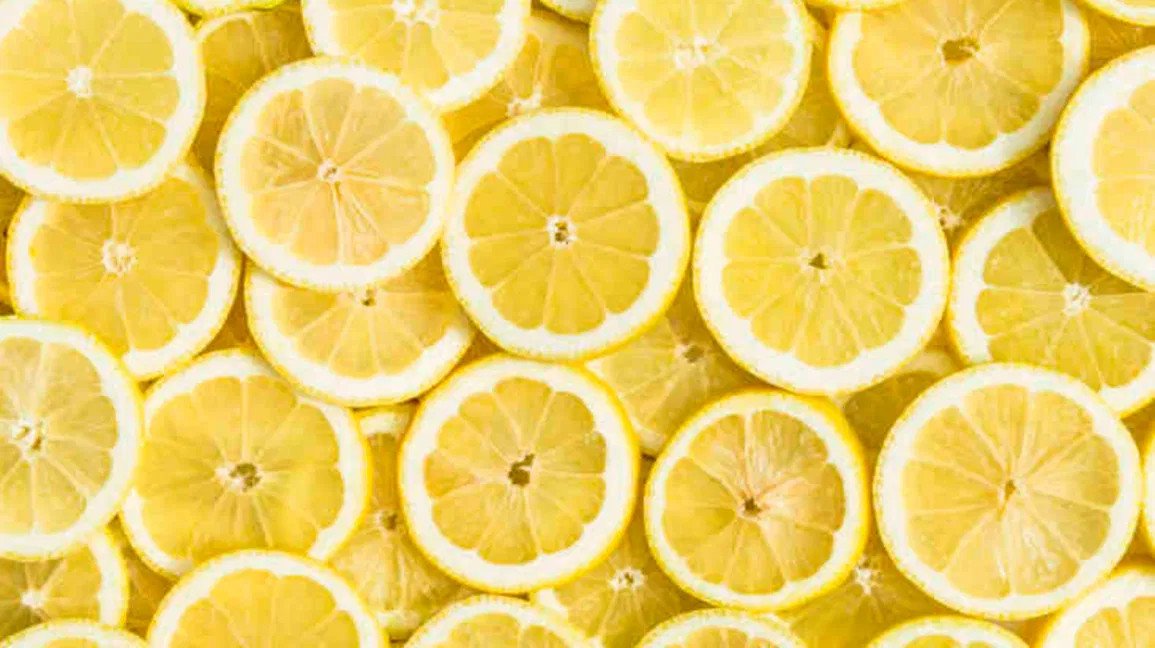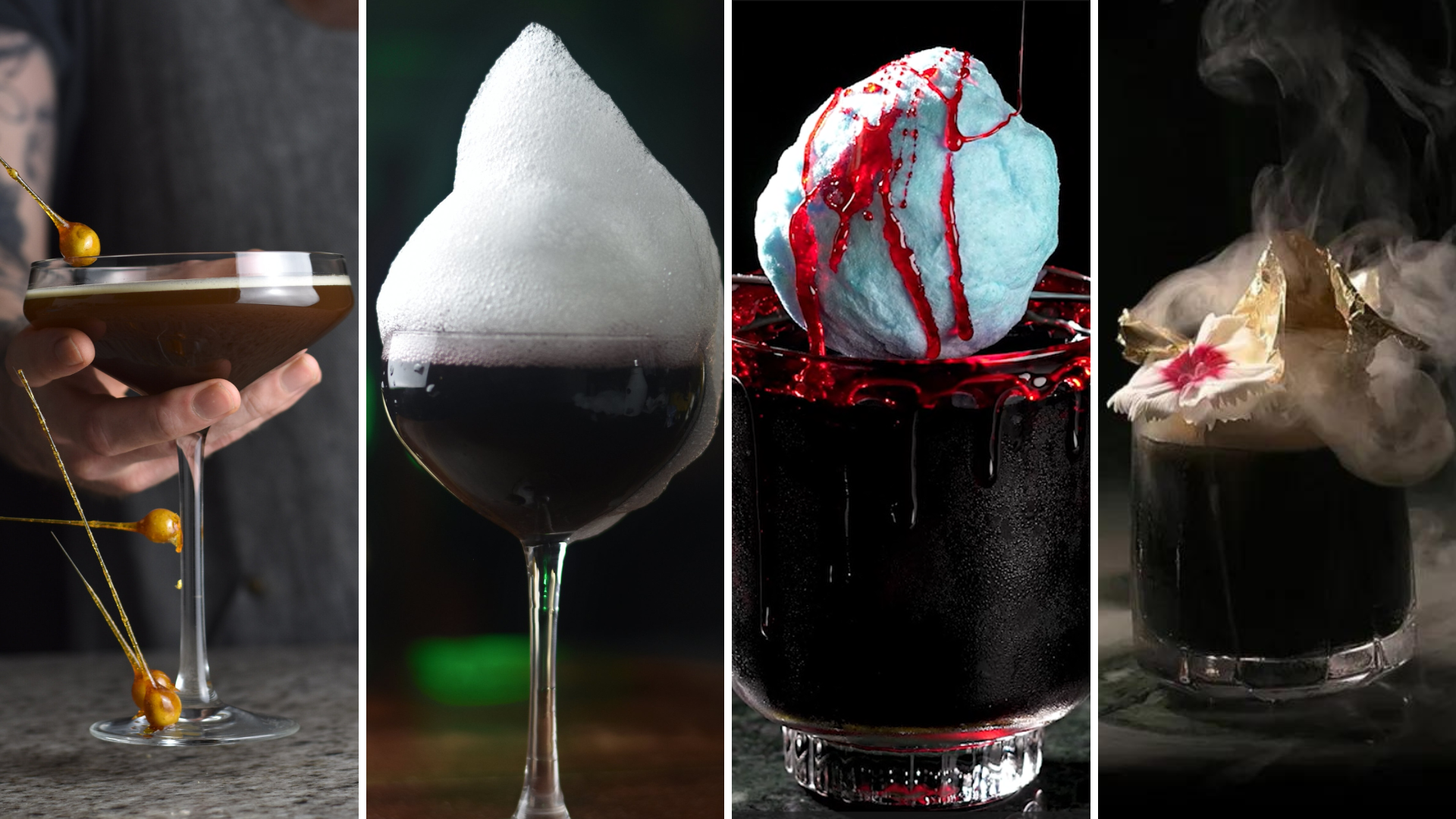How To Make ANY Super Juice
Learn how to make any super juice you want. These are the calculations, how to find them, and how to adjust them.
Watch instead of reading
What is super juice
Super juice is a technique created by bartender and bar owner Nickle Morris. And this is not my first time talking about it…
I covered it on an article here where I gave my recipes for lime and lemon super juice.
I also did a short video on YouTube here with my super juice recipes.
But now we’re going deeper. This time I’m giving you the calculations for you to make ANY super juice you want.
So what is super juice? It's replicating the flavour of citrus into a concentrate, then rehydrating it with water. In theory you could have say, 200ml of lime juice, which would taste exactly the same as 200ml of lime super juice.
But if your aim is to make it taste the same, why do it?
Well there's a bunch of benefits to super juice and very little negatives. The only negative are that you need some specialty ingredients, and it’s not fresh from the fruit. But despite what people say about fresh is best, I disagree. Sometimes, fresh is not the best. Some ingredients need elevating.
As for those benefits I mentioned. The main one is how much of an ingredient you need. All the other benefits stem from this. For example, 1 lime will get you around 300ml of lime super juice. That’s 8 x the amount you would usually get from a lime.
So if you work in a bar, or you like making cocktails at home. Instead of buying and juicing all the limes you would need for a decent amount of cocktails, you can just buy a few limes and make a big batch of super juice.
How many Margaritas would you need for a party of 8 people? 8? 10? I’d say everyone deserves at the very least 3 margaritas each, right? And that’s a slow party.
That would be 24 margaritas. You would need something like 20 limes for that. With super juice, you could easily get away with just 3.
Like I mentioned, every other benefit stems from this. It’s less time juicing, it’s less money, it’s less waste. Citrus fruits are one of the biggest wastes in bars with people throwing away hundreds of lime shells a day. For super juice not only do we use less but we use the peels.
It also lasts longer. So no more do you need to juice for each and every cocktail. You could whip up super juice 5 days in advance and it would be fine.
But I digress. I’ve covered all this in a previous article I did covering lime and lemon juice. So do check that out here.
Oh, and I’ve spoken about limes a lot as a good example but you can make super juice out of any citrus.
How to get the calculations
So here’s how you do it.
The Acidity
Each citrus fruit is made up of a few components. We have the citrus, that acidity. That’s held in the juice of the fruit. Then we have the flavour. The subtle difference between, say, lime and lemon. That flavour is held by the peel and flesh of the fruit.
Strictly speaking. If you replicated the level of acidity in a juice, you could get away with using that as a substitution. Especially in a cocktail. Most people won't recognise the actual flavour of lemon in a drink. We just recognise the acidity.
That acidity is made up of a multitude of acids which are readily available to buy. But you don’t need all of them. At a simple level, you only need 2. Malic acid and Citric acid.
Malic acid
Malic acid is the acid you find in green apples. It’s a subtler acid then citric, but has a prolonged taste in the mouth. Think of citric acid as the main sourness and malic acid as the glue that keeps the sour taste in your mouth.
even thought malic acid is more subtle in flavour. A lot of people would argue its more acidic that citric acid just because of how long it stays in your mouth for. Which is why we use both citric and malic. For the taste and length.
The Malic Acid I Use
Citric acid
Citric acid is the most popular acid. When you think of sourness, this is usually the culprit.
It’s what’s found in fruits like lemons. It also has amazing preservation qualities which is why super juice can last so long.
In all the fruits we’re going to talk about - Limes, Lemons, Grapefruits, Oranges - Citric acid is the primary acid.
The Citric Acid I Use
Just using these 2 won't entirely replicate the flavour, but it’s pretty close. Keep in mind we’re not trying to make a complete side by side here.
We’re using it in a cocktail. Most of the flavour gets washed out anyway. So anyone who tells you it has to taste EXACTLY the same or it doesn’t count is a party pooper and probably has control issues. Relax.
The flavour
Now, the flavour is simple to replicate because we’re going to use what we have. The fruit itself. By adding the peels and juice of a fruit, we’re going to get that flavour.
All together we’re blending up the flavour. Then we’re going to add the acidity. Then we will lengthen it with water. And let me explain why the need for water.
The water
The idea here is that we want the flavour and acidity levels to be concentrated. So when we add water, it dilutes it to the flavour of that fruit. It sounds complicated but once you do it its actually really easy. And even if you still don’t understand, well, you really don’t have too.
The Super Juice Calculations
So instead of explaining the subtle differences in the acidity levels of a lime and lemon, I’m instead just going to give you the calculations you need to create any amount of the super juice you will need.
The Method
Peel the fruit and weigh the peels. Use this weight to figure out the rest of the sum.
Then in a bowl add your peels and acids.
Stir and leave for an hour.
Add the juice of your fruits and water.
Blend everything then strain into a bottle.
Lime Super Juice
Organic limes: However many you want
Citric Acid: 0.66 × weight of lime peels
Malic Acid: 0.33 × weight of lime peels
Water: 16.66 × weight of lime peels
Lemon Super Juice
Organic lemon: However many you want
Citric Acid: the equal weight of lemon peels
Water: 16.66 x weight of lemon peels
Example Recipe
Lets say I have 50 grams of lime peels. Then I would do this
50 x 0.66 = 33 (so 33 grams of Citric acid)
50 x 0.33 = 16.5 (so 16.5 grams of Malic acid)
Then in a bowl both acids with the peels and leaving them for an hour to extract some oils.
50 x 16.66 = 833 (so 833 grams of water)
I then juice however many peeled limes I have (for extra flavour) and add that juice along with my 833 grams of water to the bowl.
I then blend everything and strain it. Viola - Lime super juice.
Helpful equipment (other then the acids I personally used which I recommended above) would be a good hand blender and a good citrus peeler. Here are my favourites;
Hand Blender
Citrus Peeler
Going forward, any high acidic fruit that's similar to a lime, you use the lime recipe but just swap the fruit. Vice versa for anything similar to a lemon.
The changes happen once you get into citrus fruits with low acidity. Like oranges and grapefruits. Still citrus fruits, so still can be made into super juice. However, these fruits rely much more on the flavour then they do the acidity levels. So it can be more noticeable that they’re different.
Also, low acidity citrus fruits (such as oranges and grapefruits) can be easily and cheaply purchased already juiced, with a pretty long shelf life. So you really have no need in making super juice from them. It’s a little pointless. So don’t bother
How to find the acidity of any fruit
Oh, and just quickly. An interesting way to find the acidity of any fruit is with these Ph strips that you can get from amazon USA if your America or amazon UK if you’re UK based.
Take some fresh juice. Dip in the Ph strip and match up the colour and level.
Now dilute citric acid in water, and keep changing the amounts whilst checking the Ph till they match. THEN you have the acidity level of that fruit. To make it taste the same, you just need to replicate the flavour by blending in the flesh and peels of the fruit.
So if you do want to make super juice for any other fruit, just use that method. Let me know how you get on if you do.
Search Drinks
Cocktails, Non-alcoholic, Wine, Coffee, Drink guides, Techniques, Fermentation
All Recipes
Hi, I’m Cameron, guv’nor of Smartblend and author of this article. If you liked this then you’re in luck, I have a bunch drink techniques here. Oh, and don’t forget to sign up below to receive the Smartblend monthly newsletter!
Related Articles
Smartblend is a participant in the Amazon Services LLC Associates Program, an affiliate advertising program designed to provide a means for sites to earn advertising fees by advertising and linking to amazon.co.uk and amazon.com. Smartblend does earn a small commission on goods purchased through the included links. Don't worry, it doesn't cost you any more, but we do appreciate your referral!
























